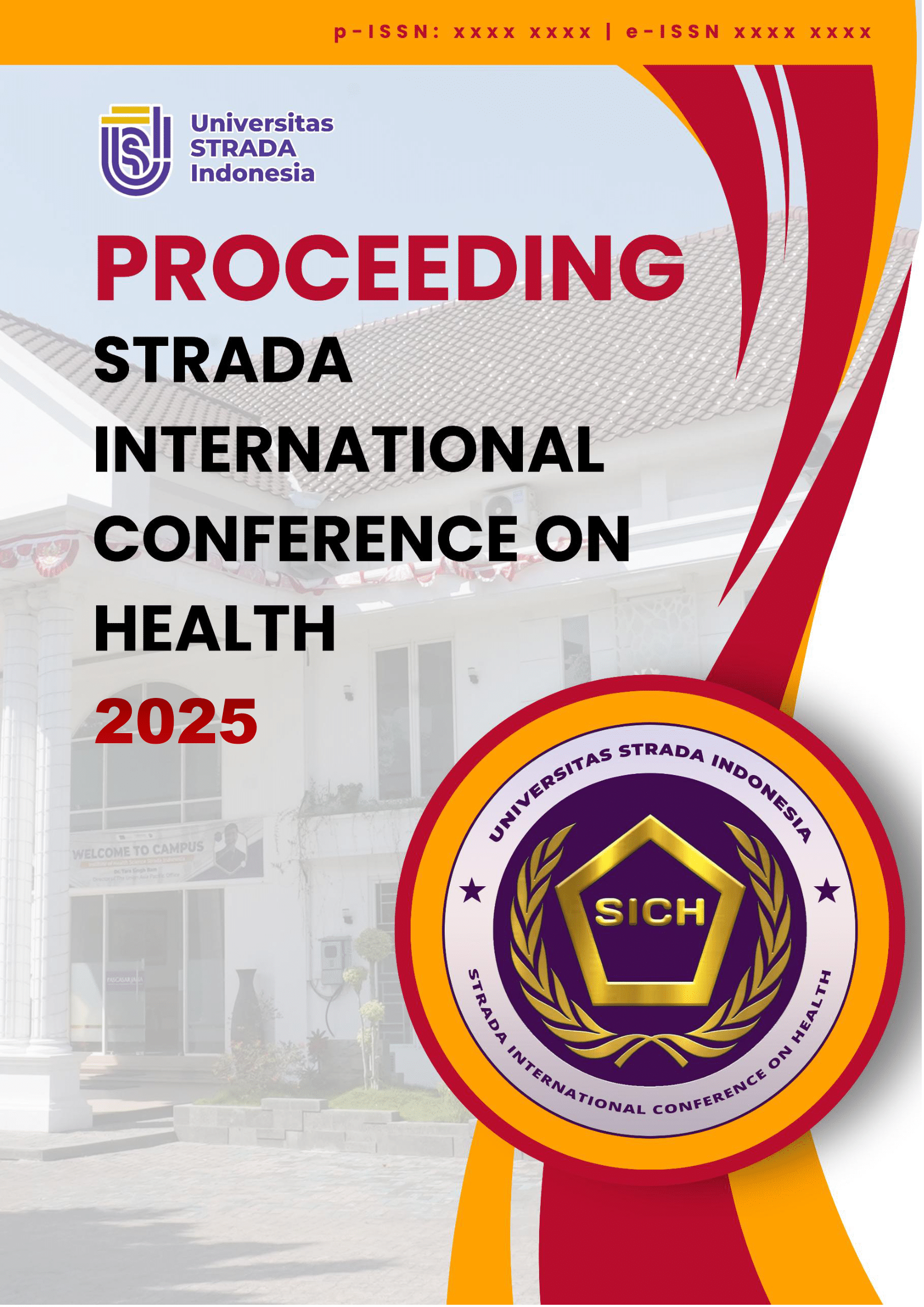Systematic Review: The Relationship Between Lifestyle, Diet, and Physical Activity and the Risk of PCOS in Women of Reproductive Age
Keywords:
diet, lifestyle modification, PCOS, physical activity, systematic reviewAbstract
Polycystic ovary syndrome (PCOS) is the most common endocrine disorder among women of reproductive age, with reproductive, metabolic, and psychosocial consequences. In Indonesia, epidemiological data on PCOS remain limited, while unhealthy lifestyles and obesity are increasing. To summarize the latest scientific evidence on the effectiveness of lifestyle-based interventions on metabolic and reproductive parameters in women with PCOS and to identify research gaps in the Indonesian context. A systematic review of the Scopus, PubMed, and BMC databases (Q1–Q4) up to the most recent year. Twenty-nine interventional and observational studies assessing diet, physical activity, and lifestyle education in PCOS were thematically analyzed. The combination of hypocaloric/low-glycemic index diets and increased physical activity significantly reduced body weight, BMI, waist circumference, fasting glucose and insulin, and lipid profiles, and improved menstrual cycle regularity and ovulation. A ≥5% weight loss was identified as the minimal threshold for hormonal improvement. Obesity, high-calorie low-fiber diets, low physical activity, stress, and sedentary behavior were the main risk factors for PCOS. Lifestyle modification is effective, cost-effective, and should be implemented comprehensively, including psychological support. In Indonesia, strong local research and school- or primary health care–based preventive programs are needed to reduce PCOS risk from adolescence.



















